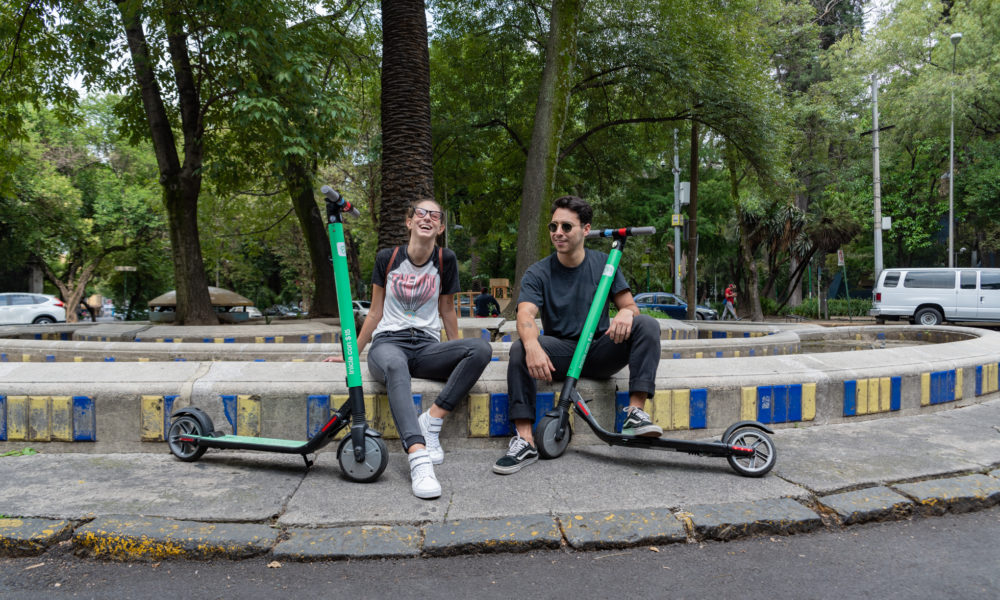At some point in life, almost everyone will have experienced the debilitating effects of a foodborne illness. Whether an under-cooked chicken kebab, an E. coli infested salad or some toxic fish, a good day can quickly become a loathsome frenzy of vomiting and diarrhoea caused by poorly prepared or poorly kept food.
Since 2009, the website iwaspoisoned.com has allowed victims of food-poisoning victims to help others avoid such an ordeal by crowd-sourcing food illnesses on one easy-to-use, consumer-led platform.
Whereas previously a consumer struck down by food poisoning may have been limited to complaining to the offending food outlet, IWasPosioned allows users to submit detailed reports of food-poisoning incidents – including symptoms, location and space to describe the exact effects and duration of the incident. The information is then transferred in real time to public health organisations and food industry groups, who use the data to flag potentially dangerous foodborne illness before a serious outbreak occurs.
In the United States alone, where food safety standards are among the highest in the world, there are still 48 million cases of food poisoning per year. From those cases, 128,000 result in hospitalisation and 3,000 in death, according to data from the U.S. Food and Drug Association.
Back in 2008 the site’s founder, Patrick Quade, himself fell foul to food poisoning after eating a BLT from a New York deli which caused him to be violently ill. Concerned by the lack of options for reporting such incidents, he set up the novel crowdsourcing platform, which also aims at improving transparency in the food monitoring industry.
The emergence of IWasPoisoned is part of the wider trend of consumers taking revenge against companies via digital platforms, which spans various industries. In the case of IWasPoisoned, reports of foodborne illness have seriously tarnished the reputations of several major food retailers.
Perhaps the most prominent victim has been Chipotle Mexican Grill. In 2015, users reporting food poisoning at a Chipotle outlet in Simi Valley, California, exposed a wider outbreak of E. coli which caused a total of 207 people to fall ill and which in February 2016 led the company to close more than 2,000 locations in order to give their employees food safety training. The scandal also slashed Chipotle’s stock price in half and led to the resignation of its chief executive. Last year, the company once again hit the headlines, this time when an outlet in Sterling, Virginia, was shut temporarily following several reports posted on IWasPoisoned detailing stomach pains, vomiting and diarrhoea.
The potential for negative publicity has prompted some experts and companies to criticise reporting inaccuracies which could falsely tarnish a food outlet’s reputation. In particular, the assumption that the last place an individual eats is the place responsible for a foodborne illness is often false – some illnesses can take several hours or days to manifest symptoms. Another concern is that people seeking revenge on a particular food outlet can do so by producing a fake report, which could have serious negative implications for a company.
Despite the concerns, several health experts and local food authorities in the U.S and around the world are using the site to spot potential outbreaks – a clear demonstration of how IWasPoisoned has altered the landscape for reporting potentially dangerous outbreaks of illness and improving safety for those eating out.




